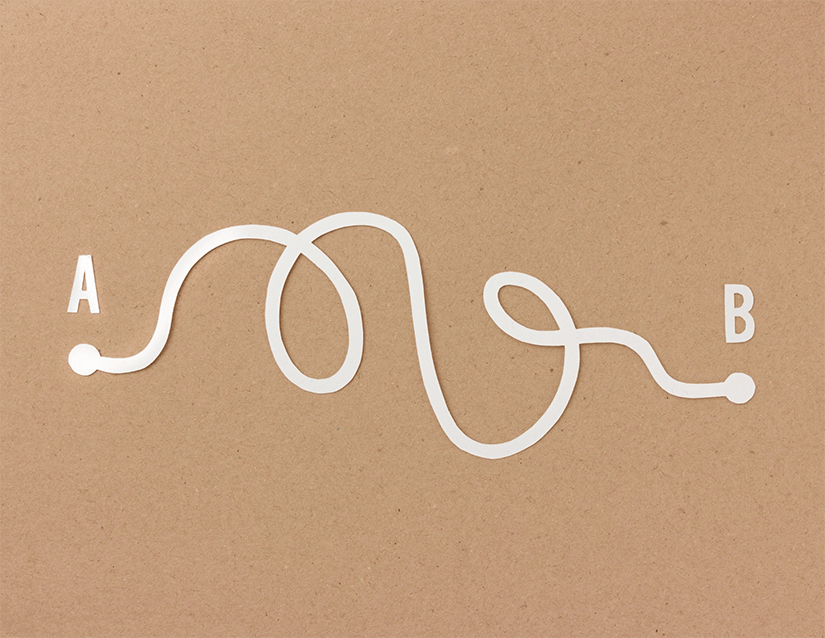Problems are a normal part of life and our approach to them can benefit your overall well-being. Rather than avoiding them or viewing them as threats, we can try to see them as opportunities from which we can learn, grow, and stretch our capabilities. Reframing how we think about problems is a helpful first step to resolving them.
Getting to the root of the problem
One of the most important things we can do when faced with a problem is identifying what caused it. If we do not unpack the root cause of a problem, our problem-solving would just be superficial, scratching just the tip of the problem iceberg. And it would therefore be ineffective. It is only when the root cause of a problem is understood that solutions can be identified and implemented.
How do we get to the root of the problem? There are many approaches that you can use to solve a problem. Whichever approach you use, they should incorporate the four steps below:
- Step 1: Define the problem. Before solving the problem we have to clearly understand what it is.
- Step 2: Brainstorm solutions. Think of as many solutions as possible that are specific to the problem you are trying to solve. Make sure the possible solutions are measurable, attainable, realistic, and timely.
- Step 3: Decide on the best problem-solving approach. In this step, you examine the long-term and short-term impact of your solution. This includes trying to determine whether or not the solution is feasible.
- Step 4: Implement the solution. After carefully considering a solution, in this step you try it out and evaluate whether or not it yielded the results you intended. If the solution did not work, do not be discouraged. Give thought to why this solution did not work, and repeat this process with an alternative solution.

The 5 ‘Whys’
Another technique that helps with problem-solving is called The 5 ‘Whys’. It works by asking ourselves a series of questions that lead us to understand why a problem is occurring.
Your first step when using this method is to ask yourself, “Why did this problem occur?” Then you follow that with another question which incorporates the answer to the first question.
Here’s a simple example:
- Why am I so tired? I am tired because I do not get enough sleep.
- Why do I not get enough sleep? I go to bed too late.
- Why do I go to bed so late? I go to bed late because I watch a lot of tv.
- Why do I watch a lot of tv? I don’t know why I watch so much tv. I will turn off the tv and go to bed one hour earlier.
In this example, the person tried to get to the root cause of why they were tired and asked themselves “why” questions until they did not have an answer. With more complex problems, you may need to ask your questions more than five times, and sometimes less. You know that you have asked yourself the question enough times when the answer to your question is “I don’t know.”
In using both methods, we were able to describe the problem, identify a possible cause of the problem so that we can start implementing a solution. There are several methods that can be utilized when problem-solving, and there is no ‘right’ action that will accommodate all problems. Importantly, talk through problems and possible solutions with others – oftentimes we are so close to a problem that we can miss a solution that is right in front of us.

